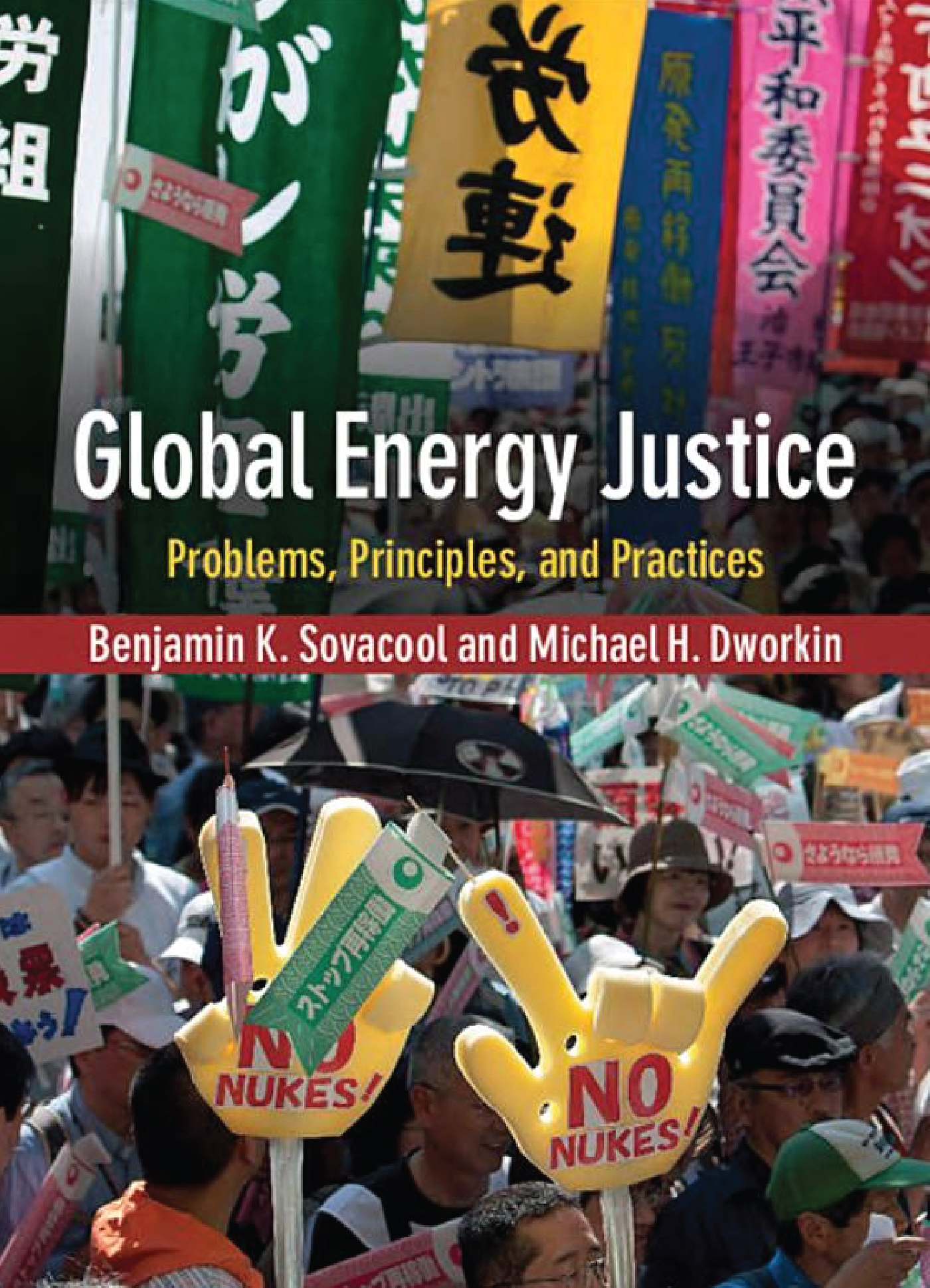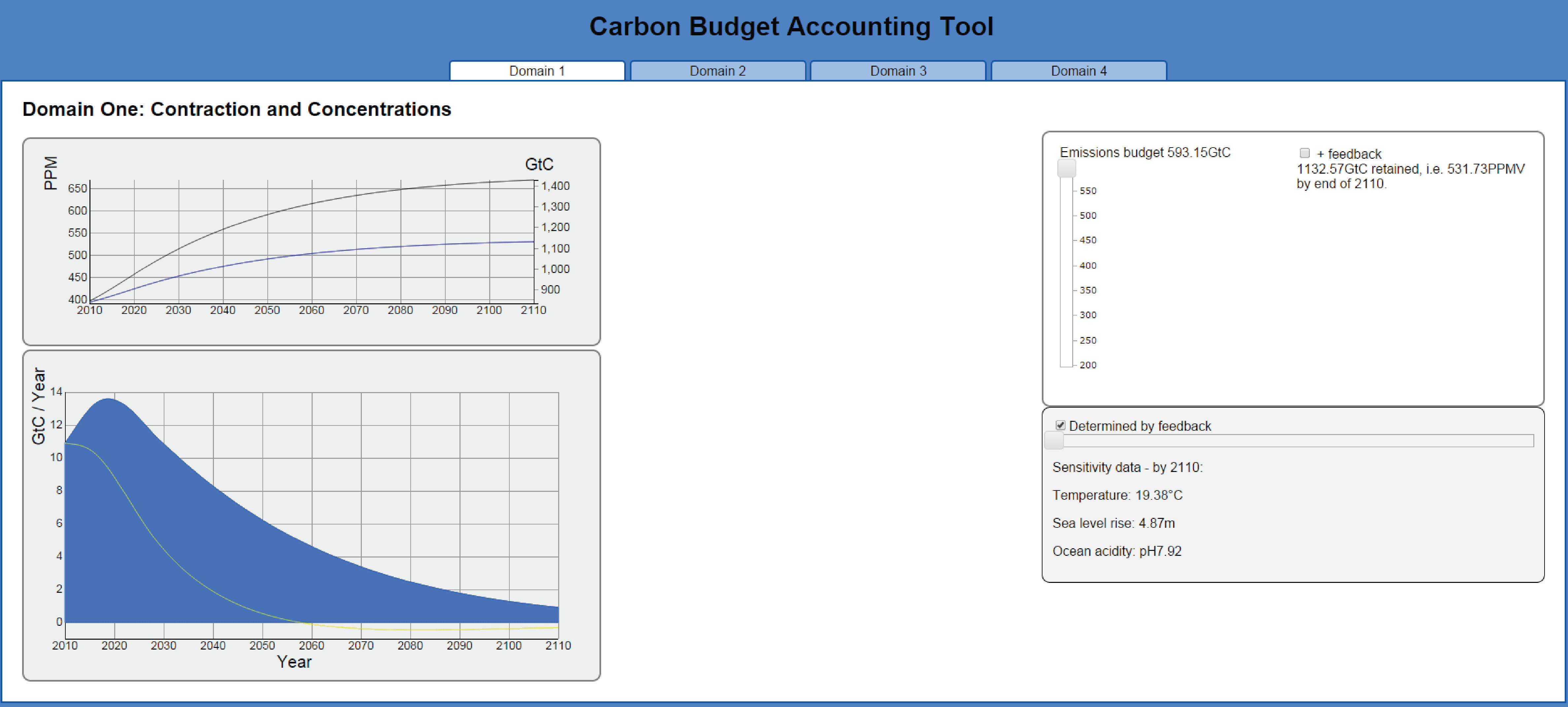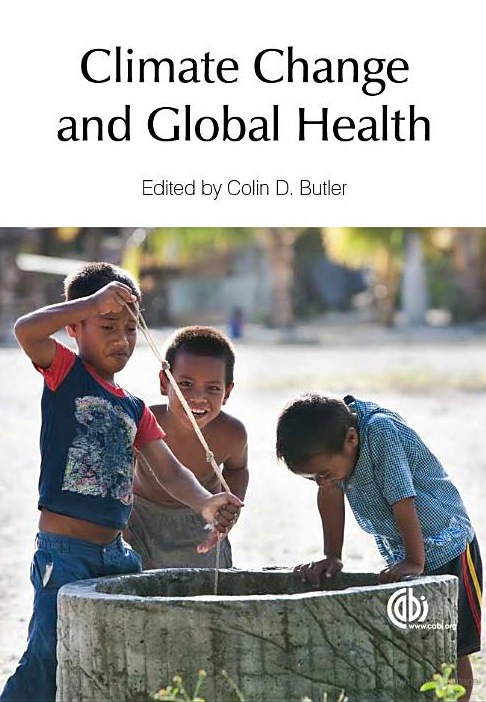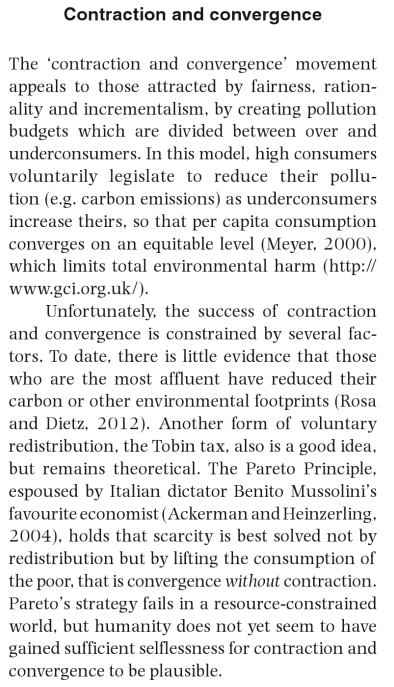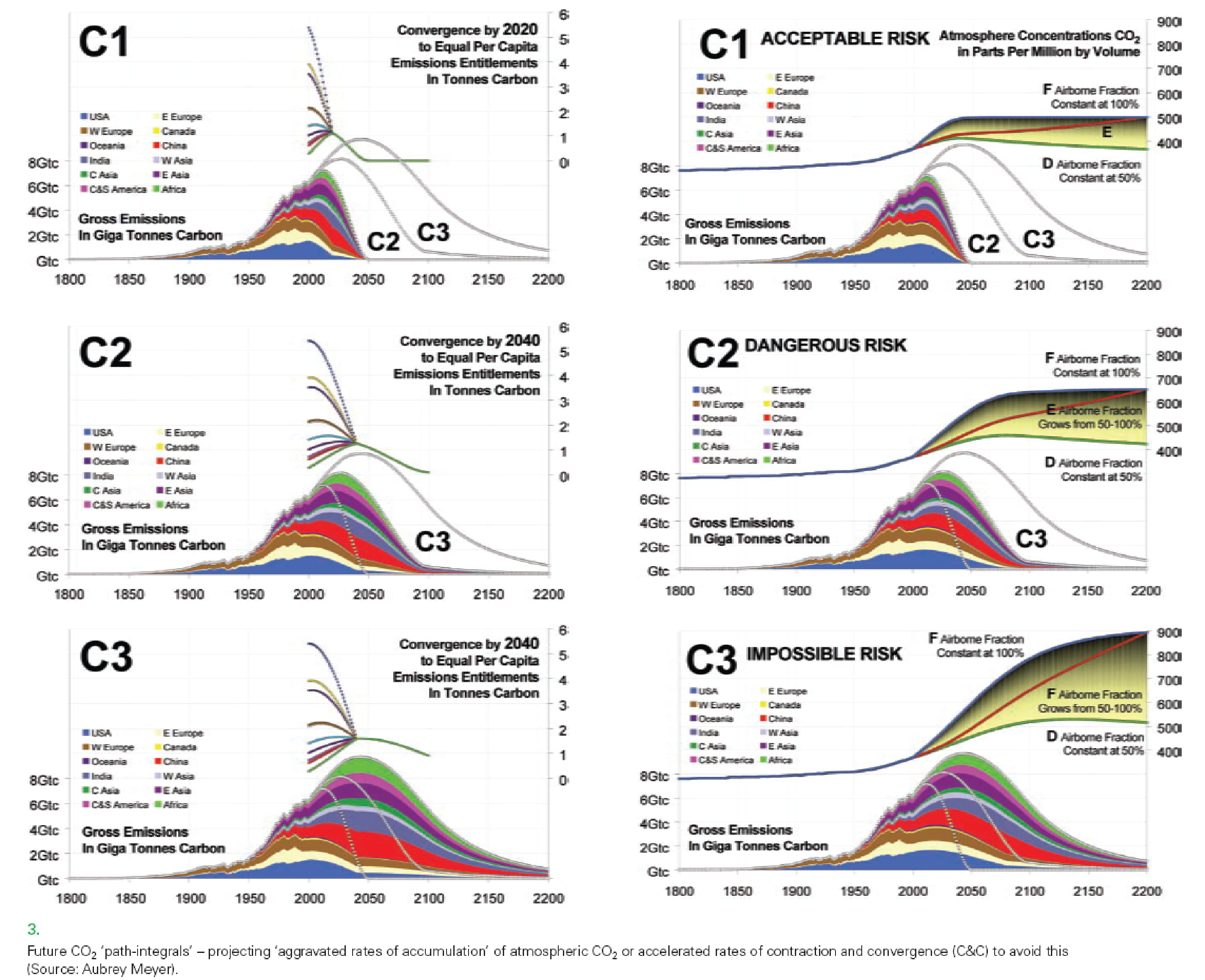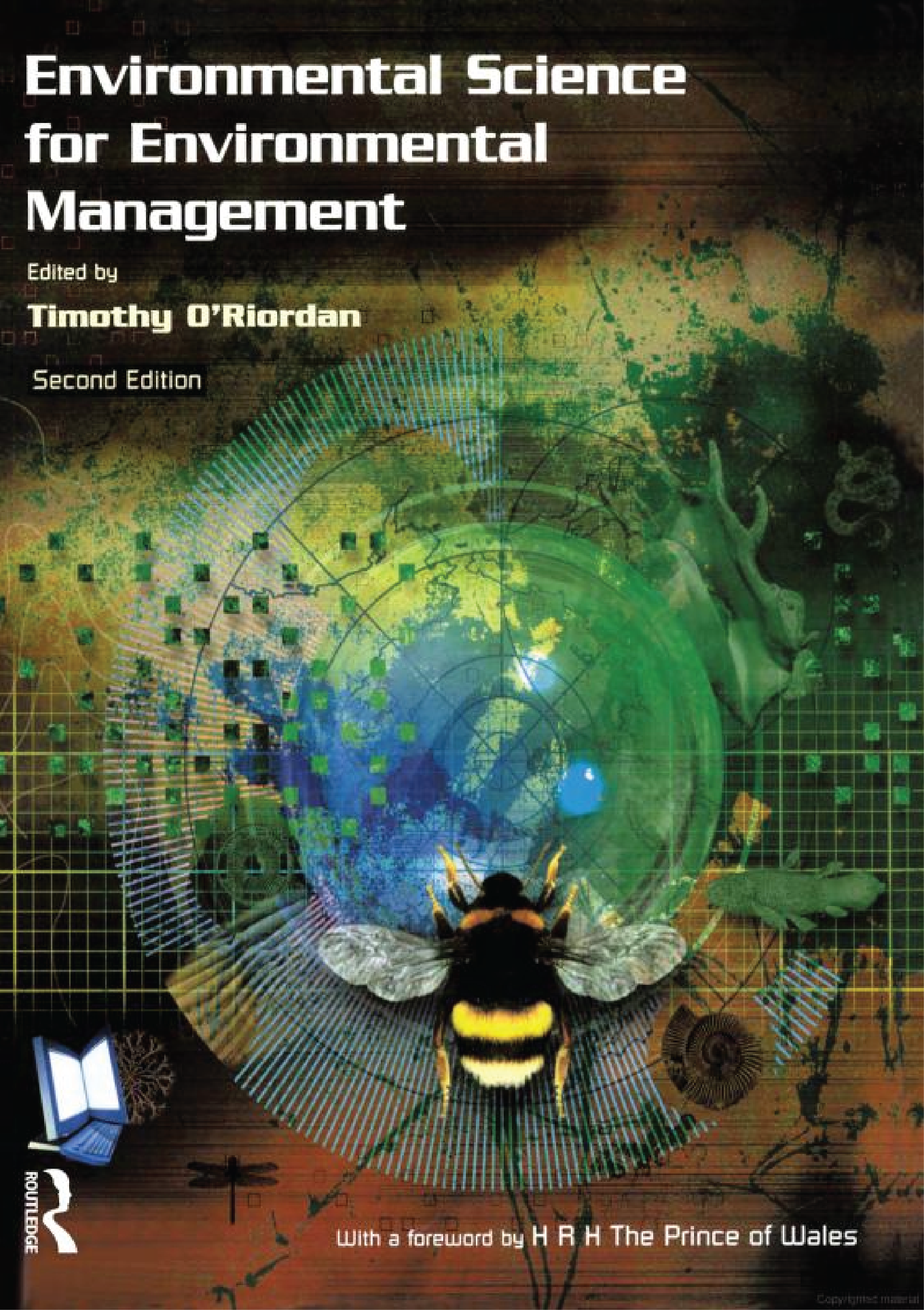Some very accomplished user-interactive animation here from maths-encoders Jonathan Zvesper and Dan Wheatley.
The fully annotated completion of this CBAT Mk II is now in sight within this year . . . . (mouse-click image below to go live)Beyond strong approval for CBAT Mk I some much deserved feedback in response to draft CBAT Mk II animation by Jonathan Zvesper & Dan Wheatley so far . . . .
- 'Awesome, accessible & important but awkwardly understandable by all 7 billion of us.' (Dave Hampton);
- 'This is terrific, works very cleanly, congratulations! This is a major leap forward.' (Laurie Barlow);
- 'Many, many thanks - and congratulations on getting this next major step underway.' (Jeffrey Newman);
- 'Fabulous terrific so clear & so clean - Congratulations' (Jelle Hielkema);
- 'Clearly a valuable teaching tool' Timothy O'Riordan
- 'SUCCESS; After so many years of applying intellectual rigour & dedication, how satisfying it must be for you to return at last
the poisoned chalice to those who have broadcast the view that you are misguided. Just BRILLIANT!' (Mayer Hillman)- On first pass through it looks very impressive. (Roger Martin Optimum Population Trust)
for achieving a global solution to climate change.
caused by ghg atmospheric concentrations, (conclusions which change depending upon different assumptions that can be visualized in the CBAT ).
achieving carbon budgets that change depending on the time the world gets on an adequate reduction pathway among other things.
impossible even for me, someone who somewhat understands these issues. The CBAT helps immensely improving an understanding of these issues.
from climate change that change depending on national policies on climate change which must implicitly make assumptions about the complex
relationships between variables displayed in the CBAT.
Donald A. Brown Scholar In Residence and Professor Sustainability Ethics and Law Widener University School of Law, Harrisburg, Pennsylvania
Part-Time Professor, Nanjing Univ of Information Science and Technology, Nanjing, China.
Climate Change Ethics: Navigating the Perfect Moral Storm
29th October 2014 - "Contraction and Convergence; rational and fair." Global Change & Global Health Colin D Butler29th October 2014 - "Contraction and Convergence; a question of survival." Ecohouse by Sue Roaf Manuel Fuentes and Stephanie Thomas-ReesECOHOUSE by Sue Roaf, Manuel Fuentes and Stephanie Thomas-Rees
CONTRACTION AND CONVERGENCE: A QUESTION OF SURVIVAL IntroductionIf we are to reduce our global emissions of CO2, humanity will have to devise a way to work together towards a common understanding of what
constitutes a Fair Earth Share of emissions per capita for everyone on this planet. ‘The only game in town’ to do that is currently C&C – the theory of
‘contraction and convergence’. For a definition statement of C&C and support please go here
The six graphs shown in the Figure below project scenarios for future rates of CO2 stabilisation in the atmosphere.
These are ‘path-integrals’, in other words carbon transferred to the atmosphere added up over time,
in much the same way as water accumulates in the bath as water flows through the tap into the bath and,
as the plughole gradually blocks it, progressively stops draining away.These path-integrals have the underlying carbon consumption – as ‘contraction and convergence’ budgets – for carbon emissions shown as well.
Chart four shows convergence accelerated relative to the rate of contraction for reasons of international reconciliation.
These follow the carbon-cycle modelling published by the IPCC since the Second (1995) and Third Assessments (2000) for: -
- 350 parts per million by volume (ppmv),
- 450 ppmv, &
- 550 ppmv.
These IPCC reference curves are shown by line D in each case against the emissions contraction budgets also quoted by IPCC.
In each of these four reference cases, the curves for atmospheric accumulation are projected using the C&C model
to show the aggravated path-integrals of rates of CO2 accumulation in the atmosphere into the future at: -
- a Constant Airborne Fraction (CAF) at 50 per cent
as given with the IPCC determined rates of emissions contraction budgets and path-integrals for atmospheric accumulation – this is path ‘D’ in Figure 3.- a Constant Airborne Fraction (CAF) at 100 per cent CAF,
in other words the theoretical maximum rate of atmospheric retention of ghg emissions from human sources – this is path ‘F’ in Figure 3 shown, and- a rate of ghg retention in the atmosphere that gradually increases from 50 per cent to 100 per cent over the next two centuries – this is path ‘E’ in Figure 3.
In other words the scenarios shown are ‘pairs’ of emissions budgets and atmospheric concentrations where the latter should have been stable (following
IPCC given values), but can rise faster along paths ‘E’ due to sink increasing sink-failure and the consequent aggravated rate of concentration build-up.
- C1 An emissions budget for 350 ppmv as determined by IPCC, may well rise through 500 ppmv [here called ‘acceptable risk’]
- C2 An emissions budget for 450 ppmv as determined by IPCC, may well rise through 650 ppmv [here called a ‘very dangerous risk’]
- C3 An emissions budget for 550 ppmv as determined by IPCC, 550 may well rise through 900 ppmv [here called an ‘impossible risk’].
The justification for doing this relies on the data returned between 2000 and 2006 showing that the aggravated rate of emissions accumulation in the
atmosphere is already occurring intermittently. The purpose of doing this is to highlight the much greater extent of risk with which we are already confronted,
as the likelihood of aggravated rates of accumulation persisting into the future is real. The point of concern is that conditions of a runaway rise in climate
change will take hold much sooner than previously foreseen, if preventive action is not urgently taken.
These ‘aggravated rates of accumulation’ are a fundamental strategic consideration as we try and determine a stable future over the many following
decades when it:
- hasn’t yet occurred
- is still caught in poor understanding and indecision about ‘policy’ to modify human fossil fuel consumption beyond 2012 when the irresolute Kyoto
Protocol to the UNFCCC expires, and- operates under the increasingly challengeable assumption that there is still time to avert dangerous rates of climate change from taking hold
when some already take the position that it is all too late; in the analogy, the bath is inevitably now going to overflow.
The priority test to keep in mind for policy to this purpose is comparing pathintegrals for:
- the rate at which we cause the problem with our global emissions total where this rate is understood as the possible and likely rates of atmospheric
accumulation and therefore- these rates against the rates at which we are organising globally to stop triggering dangerous rates of climate change (as for example with the
Kyoto Protocol) by contracting our global emissions total fast enough to avoid this.All this shows is that we can reasonably measure the rate at which we presently still continue to cause the problem much faster than we act to avoid it with
the wholly ineffectual Kyoto Protocol. In its given time period of 2008–2012, the Kyoto Protocol will theoretically and at best have avoided emitting a few hundred
million tonnes of CO2 (measured as carbon) into the atmosphere. During the same period we will have added several billion tonnes of carbon to the atmosphere
from emissions virtually business-as-usual.As soon as we factor aggravated accumulation into this it is clear that the end result will be that by 2012 we will be more, not less, deeply committed to
the accelerating rate at which we are causing the problem than the response rates of C&C that are necessary to avoid it.
NOTES
- Environmental Building News Vol. 14, No. 12: or Ecohouse: A Design Guide
- There have been a number of media exposes of the problems – perhaps the most influential has been the Al Gore film An Inconvenient Truth.
This included a number of images from Mark Lynas’s excellent book High Tide: news from a warming world, 2004, Flamingo Press, London.
The science behind such works has also moved on rapidly and become more accessible. For instance on climate change and its impacts see
but you do have to be careful using the internet though as there are many sites in cyberspace that are have their own agendas & some are downright misleading.
For the view of one who thinks it is already too late to act see: Lovelock, J. (2006). The revenge of Gaia. Penguin Publications.- Roaf, S., Crichton, D. and Nicol, F. (2005). Adapting Buildings and Cities for Climate Change. Architectural Press, Oxford.
- For excellent discussions on the issues of Peak Oil see and here.
For more insights into how Peak Oil estimates are arrived at see
and Campbell, C.J. and Laherrère (1998) The End of Cheap Oil, Scientific American, March.- and here and here at ODAC
- Sixth Report of the Joint Energy Security of Supply Working Group (JESS), April 2006, p.14.
- Stern Review
- For a full account of the theory of Contraction and Convergence see the website of the Global Commons Institute:
- http://environment.guardian.co.uk/climatechange/story/0,,1935211,00.html
- www.gensler.com/faultytowers
- See and here and here
- http://en.wikipedia.org/wiki/Energy_efficiency_in_British_housing# Home_Energy_labelling
- See: the Association of British Insurers website for more information on thi: and if you want to check if your house is at risk of flooding see and fill in your postcode.
- Roaf, S., Horsley, A. and Gupta, R. (2004). Closing the Loop: Benchmarks for Sustainable Buildings. RIBA Enterprises, London.
29th October 2014 - "With C&C GCI initiated an ingenious approach." Environmental Sciences for Environmental Management Professor Tim O'Riordan
Environmental Science for Environmental Management
edited by Timothy O'RiordanA single NGO, the Global Commons Institute (GCI) initiated an ingenious approach to COP-2 and beyond,
namely the implementation of Contraction and Convergence as an ethically based deal for climate futures.
The aim is to reduce global emissions by 60% by 2020 in order to meet the UNFCCC Objective of ‘stabilization of greenhouse gases
in the atmosphere at a level that would prevent dangerous anthropogenic interference with the climate system (Article 2).
The GCI looks at the historic and likely future emissions of CO2 up to 2030 and seeks a mechanism to contract these
to less than half present levels and to do so by contracting per capita levels to an equal level.The ambitious aim is to obtain global agreement on an objective and a mechanism before the sub-global ‘flexibility’ instruments take hold.
The GCI and its friends in the South, believe that such a deal will be destabilising and self-serving for the North.
It looks for a stable concentration of CO2 well below the non-precautionary 550 PPMV indicated.
The new CBAT model is clearly a valuable teaching tool.
23rd October 2014 - Extensive evidence was given to Environmental Audit Committee by GCI on Carbon Budgets & the need for CBAT in 2009 & 201323rd October 2014 - Young adults throw down climate challenge to UN "Why Not Act on Climate?" Climate Reality Project
Post by Climate Reality.

